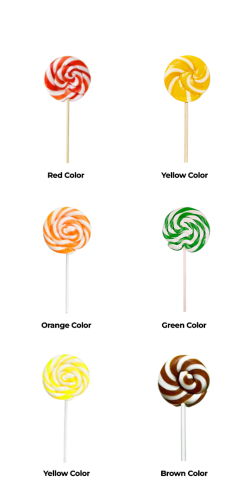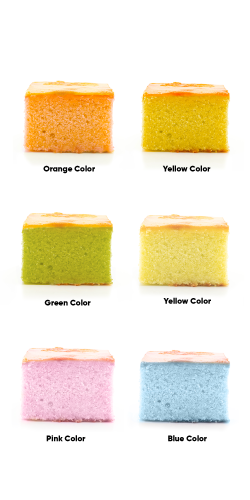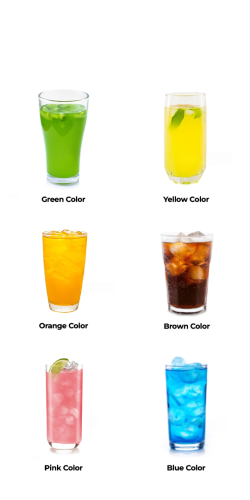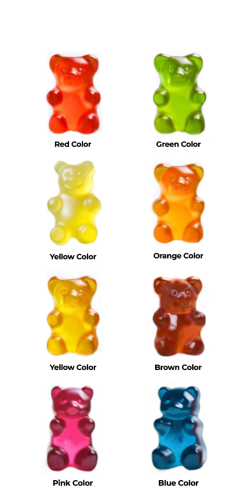
Introduction to Food Coloring in India
Historical significance of food colors in Indian cuisine
Indian cuisine has always been a feast for the eyes as much as for the taste buds. Since ancient times, we’ve been using vibrant colors in our food to make it more appealing and appetizing. Did you know that the practice of coloring food dates back to the Indus Valley Civilization? It’s fascinating to think about how our ancestors used natural ingredients to create those beautiful hues in their meals.
Cultural importance of colorful dishes
In India, we love our colorful food! It’s not just about making things look pretty – colors play a significant role in our culture and traditions. Think about the yellow turmeric rice at weddings or the red vermilion used in religious ceremonies. These colors aren’t just for show; they carry deep meanings and are an integral part of our celebrations and rituals.
Evolution of food coloring practices
Over the years, our food coloring practices have come a long way. From using simple plant-based dyes to embracing modern synthetic colors, we’ve seen quite a transformation. It’s like watching a colorful story unfold on our plates!
Natural Food Coloring in India
Traditional sources of natural food colors
Our grandmothers were the original food color experts! They knew exactly which plants and spices could add a pop of color to our dishes. From the golden hue of annatto to the deep red of beetroot, nature has always been our go-to palette for food coloring.
Commonly used natural colorants in Indian cooking
In my kitchen, I love using turmeric for that sunny yellow color, spinach for a lovely green, and annatto for a rich orange. These natural colorants not only make our food look great but also add their unique flavors and health benefits.
Benefits and limitations of natural food coloring
Natural food colors are great because they’re safe and often come with added nutritional benefits. However, they can be a bit tricky to work with sometimes. I remember trying to get a bright blue color naturally – let’s just say it didn’t go as planned!
Artificial Food Coloring in India
Introduction of synthetic food colors to the Indian market
Synthetic food colors made their way into India during the British era. It was like a color revolution in our kitchens! Suddenly, we could create any shade we wanted in our food.
Types of artificial food colorants used in India
From Tartrazine (yellow) to Brilliant Blue FCF, there’s a whole rainbow of artificial colors available in the market now. It’s amazing how a tiny drop can transform the look of an entire dish!
Regulations and safety concerns surrounding artificial food colors
While artificial colors are convenient, we need to be careful about how we use them. The Food Safety and Standards Authority of India (FSSAI) has set guidelines for their use. It’s always a good idea to check the labels and use these colors in moderation.
The Food Coloring Industry in India
Market size and growth trends
The food coloring industry in India is growing fast! With more people looking for Instagram-worthy food, the demand for food colors is on the rise. It’s exciting to see how this industry is evolving.
Major players and manufacturers
There are several big names in the Indian food coloring market. From multinational companies to local manufacturers, everyone’s trying to add a bit of color to our lives!
Export and import of food coloring products
India isn’t just using food colors; we’re also exporting them to other countries. It’s great to see our colorful traditions spreading across the world.
Health and Safety Considerations
Potential health risks associated with artificial food colors
While artificial colors can make our food look amazing, we need to be aware of potential health risks. Some studies have linked certain artificial colors to hyperactivity in children. It’s always good to stay informed and make choices that work best for our families.
Allergies and sensitivities to food colorants
Just like some people are allergic to peanuts or dairy, others can be sensitive to certain food colors. If you ever feel unwell after eating brightly colored foods, it might be worth checking with a doctor.
Consumer awareness and labeling requirements
Nowadays, food companies have to clearly label any artificial colors used in their products. This helps us make informed choices about what we’re eating. I always make it a point to read labels carefully when shopping for my family.
Innovations in Food Coloring
Development of new natural food coloring sources
Scientists are coming up with some really cool natural food coloring options. Did you hear about the purple color extracted from sweet potatoes? Nature never ceases to amaze me!
Advancements in artificial food color technology
The world of artificial food colors is also evolving. There are new technologies that make colors more stable and easier to use in different types of food products.
Sustainable and eco-friendly food coloring alternatives
With more people becoming environmentally conscious, there’s a growing interest in sustainable food colors. From using food waste to create colors to developing biodegradable options, the future of food coloring looks green!
Future Trends and Challenges
Shifting consumer preferences towards natural colorants
More and more people are looking for natural alternatives in their food, including colors. It’s great to see this shift towards healthier options.
Regulatory changes and their impact on the industry
As new research comes to light, regulations around food colors keep changing. It’s important for the industry to stay on top of these changes and adapt accordingly.
Balancing tradition and innovation in Indian food coloring
In India, we love our traditions, but we’re also open to new ideas. Finding the right balance between traditional coloring methods and modern innovations is going to be an exciting challenge for our food industry.

100% Natural
Our food colors are derived entirely from natural sources, ensuring purity and safety.

Versatile Applications
A wide range of applications, including confectionery, beverages, and dairy etc.

Vibrant & Stable
Experience vibrant and consistent colors enhancing your product's visual appeal.

Healthy Choices
Free from synthetic chemicals, our colors are safe and beneficial for health-conscious consumers.

Plant-Based Ingredients
Our colors are derived exclusively from plants, ensuring natural and safe options for your products.

Exporting to 100 Countries
Trusted by clients worldwide, we proudly export our natural food colors to over 100 countries.
Frequently Asked Questions
Yes, BOS can be pricier, but its benefits in health, sustainability, and natural appeal are worth the investment.
In most cases, yes! While achieving specific shades may require some experimentation, BOS offers a versatile range.
BOS natural colors typically last as long as synthetic dyes and fade only slightly in certain applications.
BOS colors are generally safe. However, those with allergies to specific plant sources should check labels.
Absolutely! BOS is versatile across various temperatures and cooking methods.
Natural food colors are plant-based pigments extracted from fruits, vegetables, seeds, or minerals, used to enhance food's appearance while being safe, chemical-free, and appealing to health-conscious consumers.
Yes, natural food colors are safe to consume as they are plant based food colors, minimally processed, and approved by regulatory authorities for food use.
Natural food colors are made by extracting pigments from fruits, vegetables, seeds, or minerals using water, oils, or alcohol, followed by drying, filtering, or blending.
Foods like carrots, spinach, beets, turmeric, paprika, spirulina, and annatto contain natural coloring agents, providing vibrant hues without synthetic additives.
Yes, you can make natural food colors at home using ingredients like spinach for green, beetroot for red, turmeric for yellow, and carrots for orange.
No, natural food colors generally do not affect the taste, as they are derived from plants and have minimal to no flavor impact.
Natural food colors can last up to 1 year when stored properly in a cool, dry place, away from sunlight, maintaining their potency.
Yes, natural food colors tend to be more expensive than artificial ones due to the sourcing, processing, and fewer available production options.
Natural food colors can replace most artificial colors, but they may not achieve the same intensity. They provide a more sustainable, eco-friendly option for coloring food naturally.
Yes, natural food colors are generally suitable for most dietary restrictions, being plant-based and free from artificial additives, gluten, and animal products.
The most common natural food colors in Indian cooking include turmeric (yellow), saffron (orange), spinach (green), beetroot (red), and paprika (red).
Check the ingredient list on the product label. Natural colors are usually listed by their common names (like turmeric or beetroot), while artificial colors are typically listed with their E-numbers or specific color names.
Generally, food coloring doesn't significantly impact the nutritional value of food. However, some natural food colors like turmeric or spinach may add small amounts of nutrients to the food.




